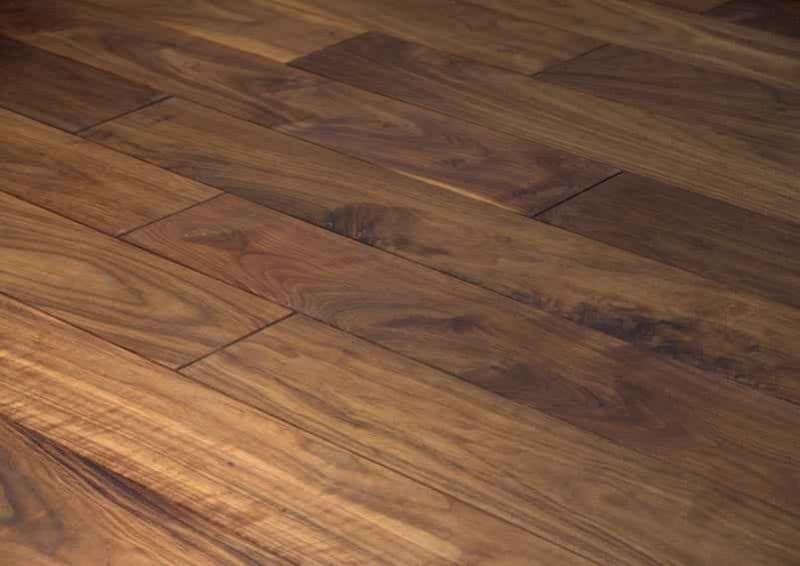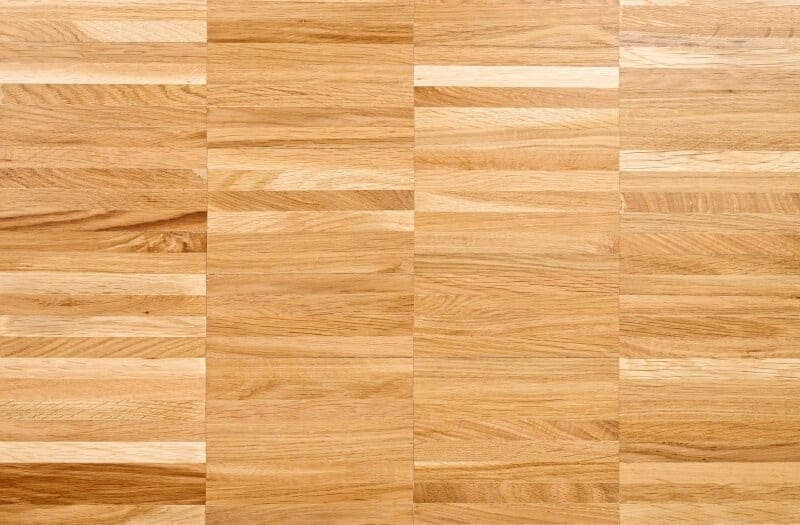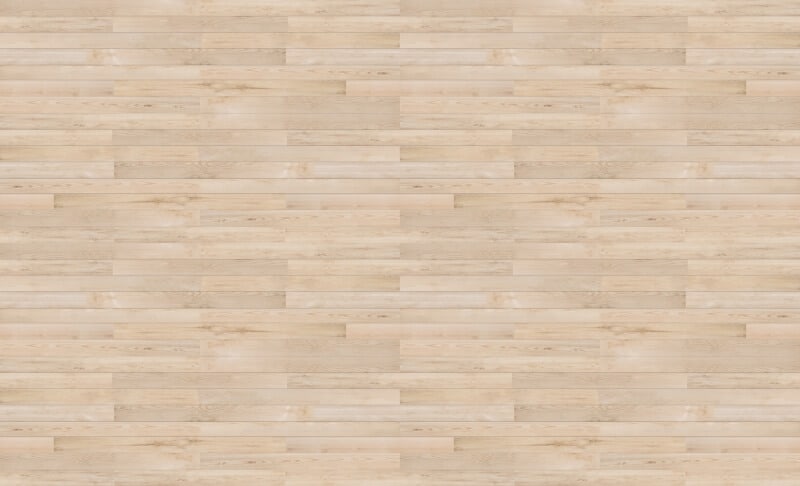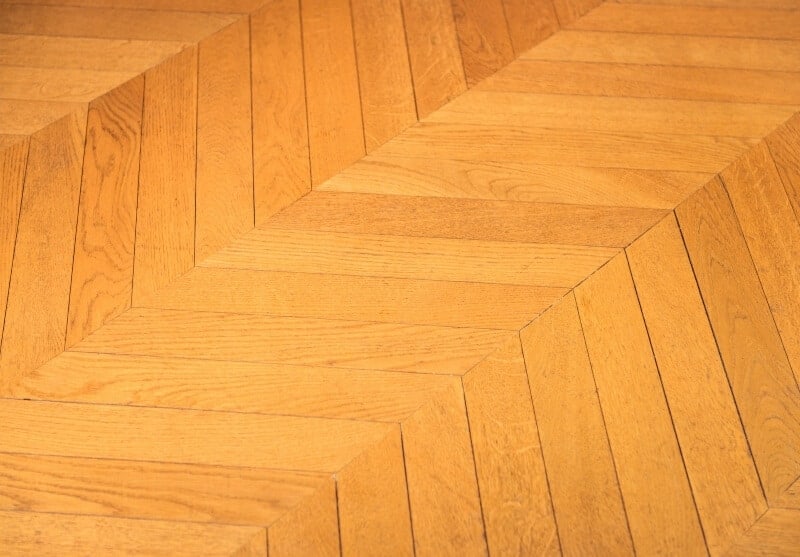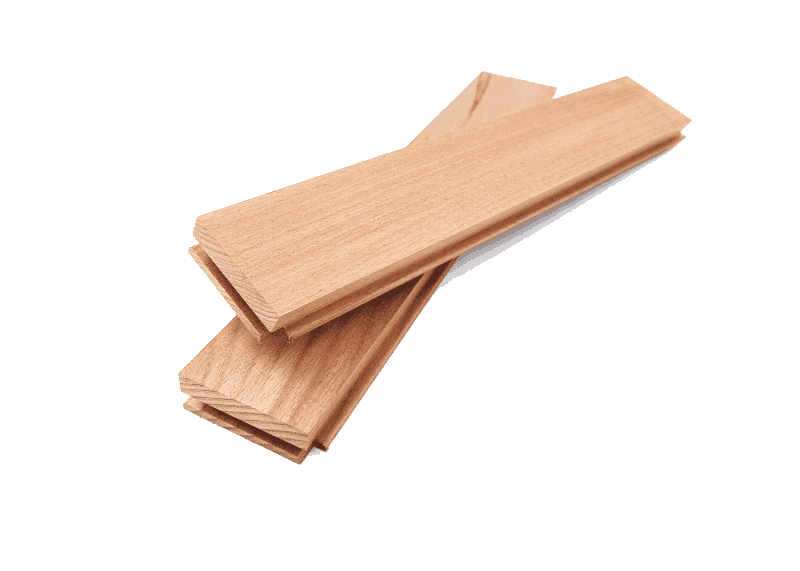Like any other floor, parquet wears off over time. Regular polishing not only restores parquet to new gloss, but also protects the floor better against dirt, dust and moisture.
Recommended polishing machines from this article:
How to polish your parquet in the best way and which polishing machines can be used for it, you will learn in the following article.
Why is parquet polishing useful?
parquet is exposed to more or less high loads every day, which leave their marks over time. In addition to the daily cleaning, parquet therefore also needs regular care to keep it beautiful and to increase its lifespan. Although the service life can be considerably extended by protective measures such as support for office chairs, at some point even this no longer helps.
Polishing parquet is a proven method of freshening up the floor. First and foremost, polishing parquet achieves a visual effect, but at the same time it also makes the floor more resistant to dirt, dust and moisture. In addition, polishing small scratches or signs of wear and tear can be removed from the hardwood flooring without having to sand the entire floor.
When and how often is parquet to polish?
At what intervals parquet is to be polished is related to the degree of stress.
With average wear, parquet should be polished once or twice a year. However, it may also be necessary more often if the parquet is exposed to heavy loads, normal cleaning is no longer sufficient to remove contaminants or if the floor simply does not like any more. Especially before winter, polishing the parquet is recommended, as the floor is better protected from the impending increased load of wet and dirty shoes.
Can any parquet be polished?
The surface of parquet can be either varnished, oiled or waxed – any parquet can be polished.
However, there may be some differences in effort. With oiled and waxed parquet, the floor is only impregnated and the pores of the wood remain open. As a result, the oil or wax dissens over time and the gloss of the parquet decreases.
Therefore oiled or waxed parquet needs more care than lacquered parquet.
In this variant, the surface is completely sealed by the paint. The protective layer also decreases over time, but usually primarily in places with heavy stress. Sealed parquet is therefore sometimes less frequent polishing or it may be sufficient to merely partially repolish the claimed areas.
Polishing parquet: How it works
The preparation
Before polishing the parquet can begin, the floor must be prepared accordingly.
It is best to remove furniture and carpets from the room so that the parquet is completely clear. Afterwards, all dust and dirt must be thoroughly removed from the hardwood flooring with the vacuum cleaner or broom; cleaning with a damp cloth should also be carried out.
Before the polishing process is also the optimal time to carry out repair work on the parquet. Small scratches, cracks or holes can be treated with a repair kit and then polished. It is important that the processed areas are completely dry before the polishing process starts.
The polishing process
Earlier on, polishing hardwood flooring was a time-consuming and laborious process. Heated floor wax was applied to the parquet by hand or with bulky and heavy floor polishing machines. This resulted in a wax layer covering the entire surface during each polishing process, which sometimes chipped off in places with little wear and tear, e.g. under furniture, thus necessitating extensive basic cleaning or even the abrasive removal of the entire floor.
What polishing with?
Nowadays liquid polish is mainly used for polishing parquet.
It consists, among other things, of plastics or synthetic resin, which makes it particularly well adhered and tear-resistant and also easier to process.
Modern parquet polishes are commercially available as a ready-to-use mixture or for enriching with water and in a glossy or matt finish. When buying the polish, make sure that it does not contain silicone oils or derivatives of mineral oils, as these can damage the parquet.
Many manufacturers also offer special polishes for their parquet – therefore, the manufacturer’s instructions and recommendations should be observed when polishing.
How the polish is applied to the parquet depends on the respective product. There are polishing agents in spray bottles that can be sprayed onto the floor.
Others, on the other hand, must first be diluted with water and applied to the parquet with a mop or cloth. Only now does the actual polishing begin.
If parquet is polished by hand, the polish is uniformly incorporated into the parquet with a wool or polishing cloth in fast, circular movements until the desired gloss effect is created.
Especially with unsealed parquet, a second polishing process may be necessary.
Polishing machines for parquet
However, manual polishing of parquet is very force- and time-consuming.
The polishing process works much more easily with special polishing machines for parquet – also called bohner machines or blockers.
These are equipped with various polishing pads, which can be used, depending on the application, for removing dirt, for basic cleaning, for re-oiling parquet or for incorporateing the polish.
The dead weight of the polishing machine generates considerably more pressure on the polishing pad than would be possible with manual polishing, and this not only makes the polishing process easier and faster, but also ensures a more efficient result.
In principle A car polishing machine can also be used for polishing parquet. However, this is only recommended in the marginal areas, polishing the entire floor surface would be much too complicated.
In most DIY stores or specialist retailers there are polishing machines for parquet to rent or rent – the cost is around 20 to 30 euros per day plus deposit.
Of course, polishing machines are also available for purchase, although the acquisition costs are usually relatively high.
However, with regular use, the investment can still be worthwhile. Polishing machines for private use are usually not only suitable for refreshing parquet, but also for growing and polishing other floors.
